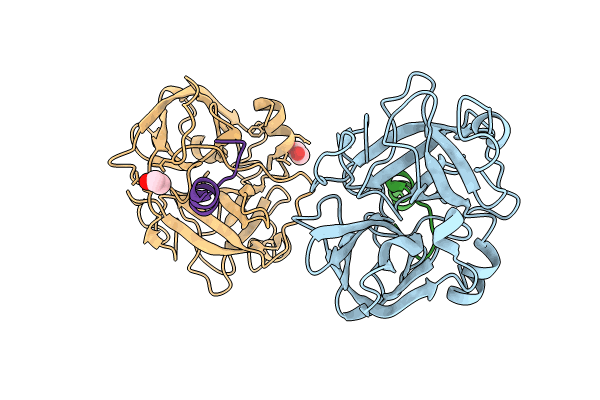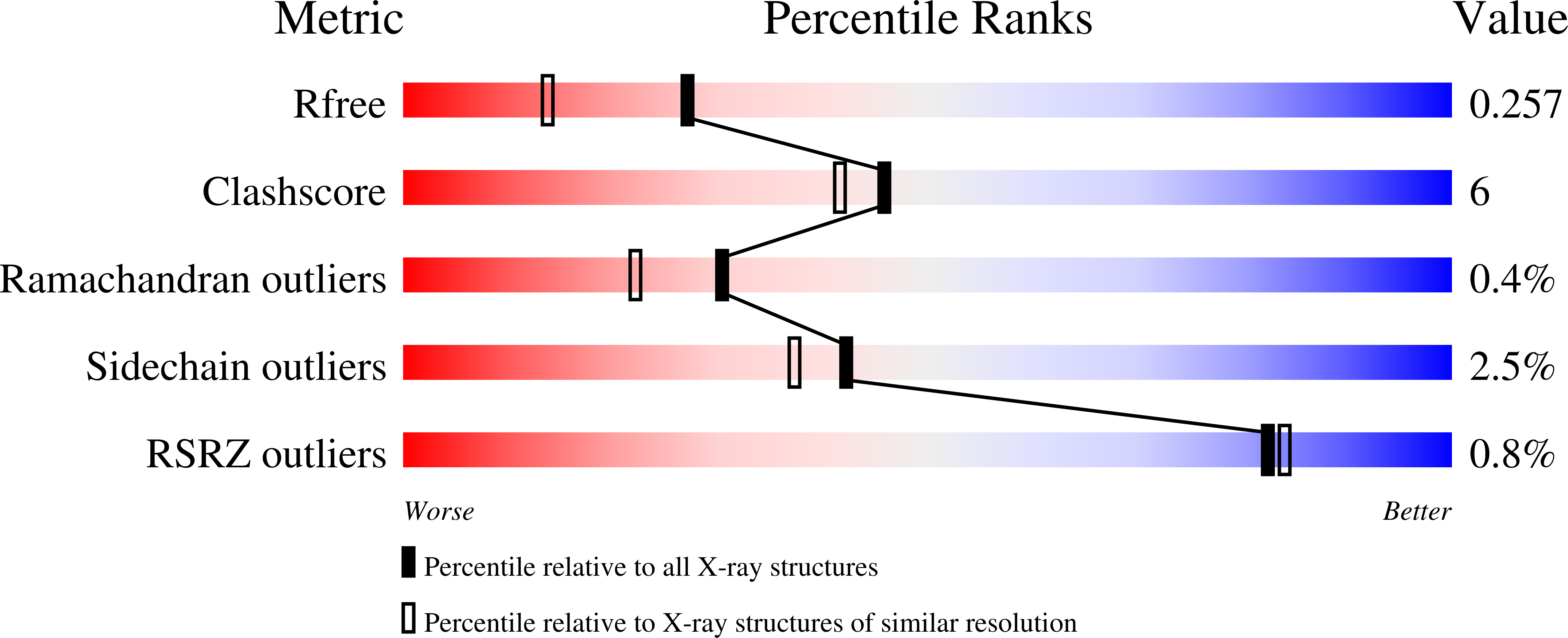
Deposition Date
2024-09-21
Release Date
2024-10-16
Last Version Date
2025-05-28
Entry Detail
PDB ID:
9DPF
Keywords:
Title:
Crystal structure of TMPRSS11D S368A complexed with its own zymogen activation motif
Biological Source:
Source Organism:
Homo sapiens (Taxon ID: 9606)
Host Organism:
Method Details:
Experimental Method:
Resolution:
1.90 Å
R-Value Free:
0.25
R-Value Work:
0.19
R-Value Observed:
0.20
Space Group:
P 21 21 21


